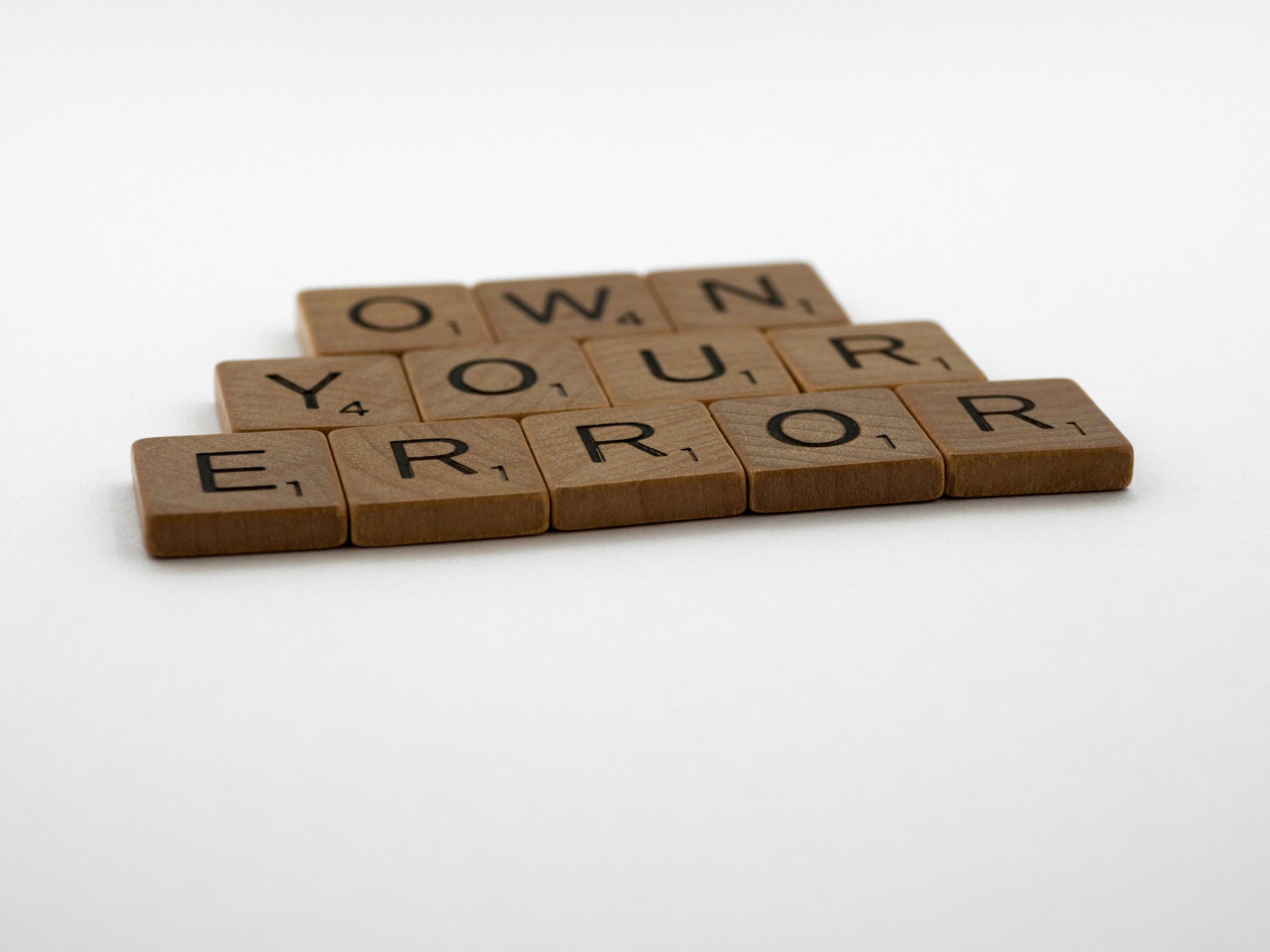Have you ever made a decision you later regretted, only to realize your own mind tricked you? Cognitive biases—those sneaky mental shortcuts—shape our perceptions, judgments, and choices every day, often without us noticing. From confirmation bias to the sunk cost fallacy, these invisible forces can lead to poor decisions, missed opportunities, and even strained relationships. But here’s the good news: you can outsmart them. By understanding how these biases work and applying proven strategies, you can take control of your thinking and make clearer, more rational choices. Let’s dive into seven powerful techniques to master your mind.
What Are Cognitive Biases and Why Do They Matter?
Cognitive biases are systematic errors in thinking that occur when our brains take mental shortcuts to process information quickly. While these shortcuts can be helpful in fast-paced situations, they often lead to irrational or flawed conclusions. For example, the availability heuristic makes us overestimate the likelihood of events based on how easily we can recall them—like fearing plane crashes after hearing news coverage, despite flying being statistically safer than driving.
These biases matter because they influence everything from financial decisions to personal relationships. A CEO might fall prey to overconfidence bias and take reckless risks, while a job seeker might succumb to self-serving bias and blame external factors for rejection. Recognizing these patterns is the first step to overcoming them.
Strategy 1: Slow Down and Question Your First Instinct
Our brains love quick answers, but snap judgments are often biased. To counter this:
- Pause before deciding: Give yourself time to reflect, especially for important choices.
- Ask “Why?” three times: Dig deeper into your reasoning to uncover hidden assumptions.
- Seek disconfirming evidence: Actively look for information that challenges your initial belief.
For instance, if you’re convinced a new project will succeed, force yourself to list potential pitfalls. This disrupts confirmation bias and leads to more balanced decisions.
Strategy 2: Embrace the Power of Checklists
Checklists are a simple yet effective tool to combat bias. Pilots and surgeons use them to avoid errors—why not apply the same logic to decision-making?
- Define the decision or problem clearly.
- List potential biases that might affect your judgment (e.g., anchoring, framing effect).
- Gather diverse perspectives before finalizing your choice.
By externalizing your thought process, you reduce reliance on flawed intuition. A study in Harvard Business Review found that checklists improved investment decisions by 30%.
Strategy 3: Cultivate a Growth Mindset
Fixed mindsets amplify biases like the Dunning-Kruger effect (where people overestimate their competence). Adopting a growth mindset—believing abilities can improve—helps you stay open to feedback and learning.
- View mistakes as learning opportunities, not failures.
- Surround yourself with people who challenge your views.
- Practice intellectual humility: acknowledge what you don’t know.
This approach weakens biases like the backfire effect, where people double down on beliefs when confronted with contradictory evidence.
Strategy 4: Use Probabilistic Thinking
Our brains crave certainty, but life is full of probabilities. Instead of thinking in absolutes (“This will work!”), assign likelihoods (“There’s a 70% chance of success”). This counters overconfidence bias and black-and-white thinking.
Try this exercise:
- Estimate the probability of an outcome.
- List factors that could alter those odds.
- Adjust your estimate based on new information.
For example, instead of assuming a job offer is guaranteed, consider market conditions and competition to refine your expectations.
Strategy 5: Leverage the “Outside View”
The planning fallacy leads us to underestimate how long tasks will take, while the optimism bias makes us overestimate positive outcomes. Combat this by adopting the “outside view”:
- Research base rates: How long do similar projects usually take?
- Consult historical data rather than relying solely on personal experience.
- Imagine advising a friend in your situation—what would you tell them?
This technique, championed by psychologist Daniel Kahneman, provides a reality check against overly optimistic predictions.
Strategy 6: Practice Mindfulness and Metacognition
Mindfulness—observing your thoughts without judgment—helps spot biases in real time. Metacognition (thinking about thinking) takes this further by analyzing your mental processes.
Try these steps:
- Notice emotional reactions during decisions.
- Ask, “What assumptions am I making?”
- Label biases as they arise (e.g., “This is the halo effect”).
Studies show that just 10 minutes of daily mindfulness practice can reduce impulsive, bias-driven choices by up to 20%.
Strategy 7: Create Accountability Systems
We’re less biased when others scrutinize our thinking. Build accountability by:
- Sharing decisions with a trusted peer who plays devil’s advocate.
- Documenting your reasoning process to review later.
- Setting up pre-commitments (e.g., “If X happens, I’ll revisit this decision”).
For example, Amazon’s “silent start” meetings, where executives read a memo before discussing, prevent groupthink and encourage independent analysis.
